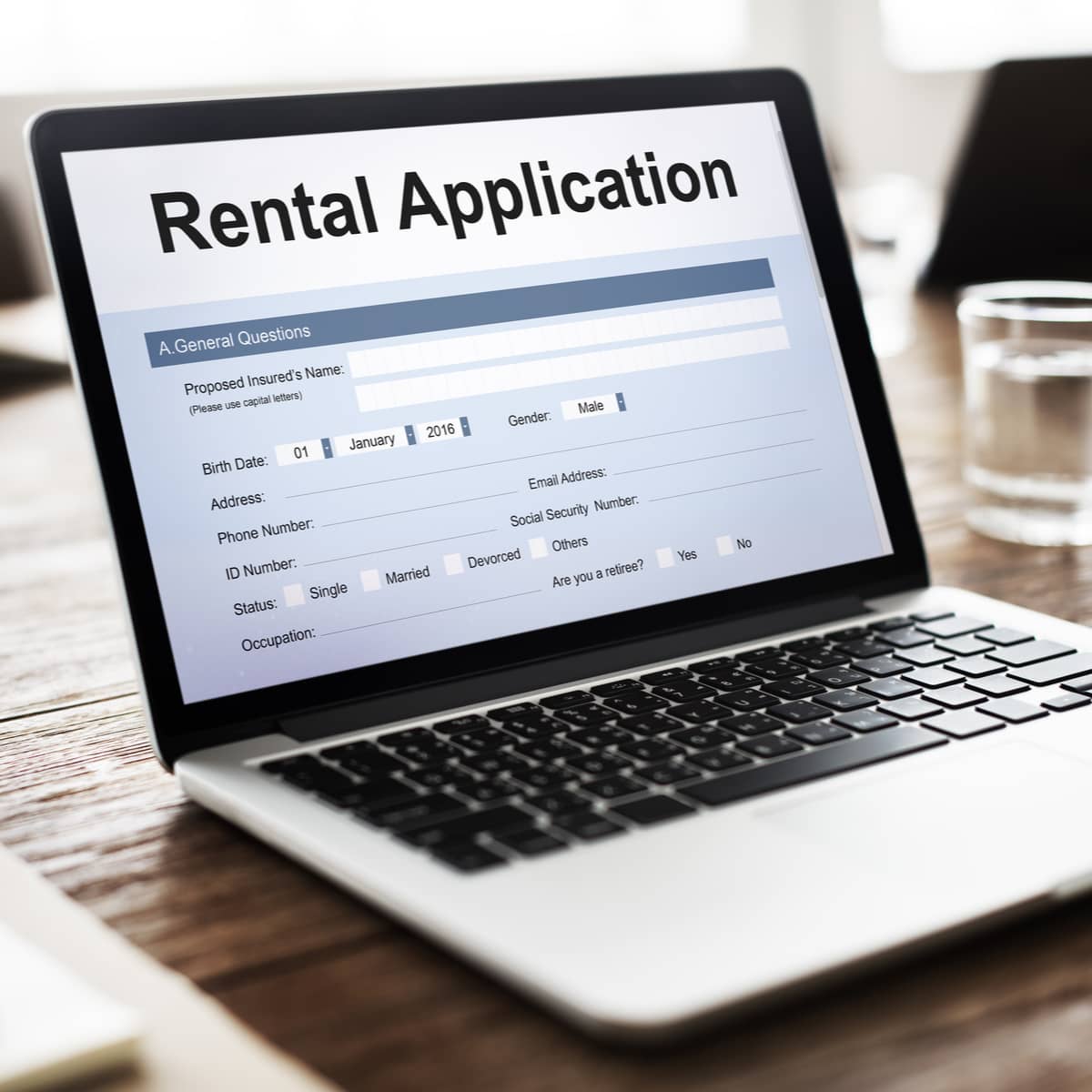Guidelines to Consider When Evaluating a Rental Application
Dustin Edwards • October 2, 2020
A Consistent Process Helps Find the Best Tenants

Selecting a tenant is one of the largest job roles we fulfill as a property management company. It tends to be one of the more complex issues due to legality, human factor, and managing time frames for both landlord and prospective tenant. On any given year we can review 1,000’s of applications and while we can’t put everything we’ve learned into a single article we wanted to share a few key items to
Select Rules that Don’t Require Interpretation
Especially in Long Beach and Lakewood it isn’t uncommon to receive 10,20 or even 30+ applications for a property that is well priced in one of the popular neighborhoods. In order to effectively (and fairly) sift through this volume of applications we recommend that those managing their own property identify select rules that don’t require interpretation to help you focus on the applications with the highest probabilities of becoming a tenant.
For example you can set the rule of percentage of rental amount in proportion to gross monthly income. This is a method of evaluating affordability. You can define your rule to whatever works best for you (generally for this it would be 30-40%). So for example if someone applied to your rental with a gross monthly income of $6,000 and your advertised monthly rental amount was $3,000 they would be at 50% of rent vs. gross monthly income. If you had set your rule at 30-40% then they would not be an applicant that would proceed through your process.
Set Consistent Standards
When you are dealing with housing, and most items in life, it is essential to be fair. With fair housing laws always as part of the process we encourage those who are managing their own properties to be incredibly diligent in setting standards. Many people want to make an “exception” because of a compensating factor, and while that is human nature if you don’t properly document your standards or make an exception to one prospective tenant without consideration to another prospective tenant then you could get yourself involved in an unexpected legal challenge.
We invite you to consider the following standards that you could define for your rental home in Long Beach:
- Occupancy Limit - In general the larger number of occupants, the increased volume of wear your property will encounter. If you have a 2 bedroom/1 bathroom home for rent you probably don’t want to allow 8 residents. Set an occupancy limit on your property and ensure that the number (and names) are disclosed on the rental application.
- Pet Policies - Are you allowing cats, dogs, birds? Whichever animals you allow (or none) be consistent in your evaluations. Just because a prospective tenant was “really nice” doesn’t mean they get to have a dog if you told the other prospective tenants that dogs weren’t allowed. Make sure that you have a pet policy in place that you can delivery to prospective tenants to avoid any confusion.
- Complete/Incomplete Applications - If an application isn’t complete are you reviewing? Or are you asking someone to complete it? Whichever way you decide, make sure you are consistent in how you handle the applications.
At Beach Cities Property Management we pride ourselves in fairly evaluating every rental application to ensure our property owners get the best possible tenants. When you would like to find out more about how we help evaluate rental applications we invite you to request our Free Rental Analysis
to see how we can help.





